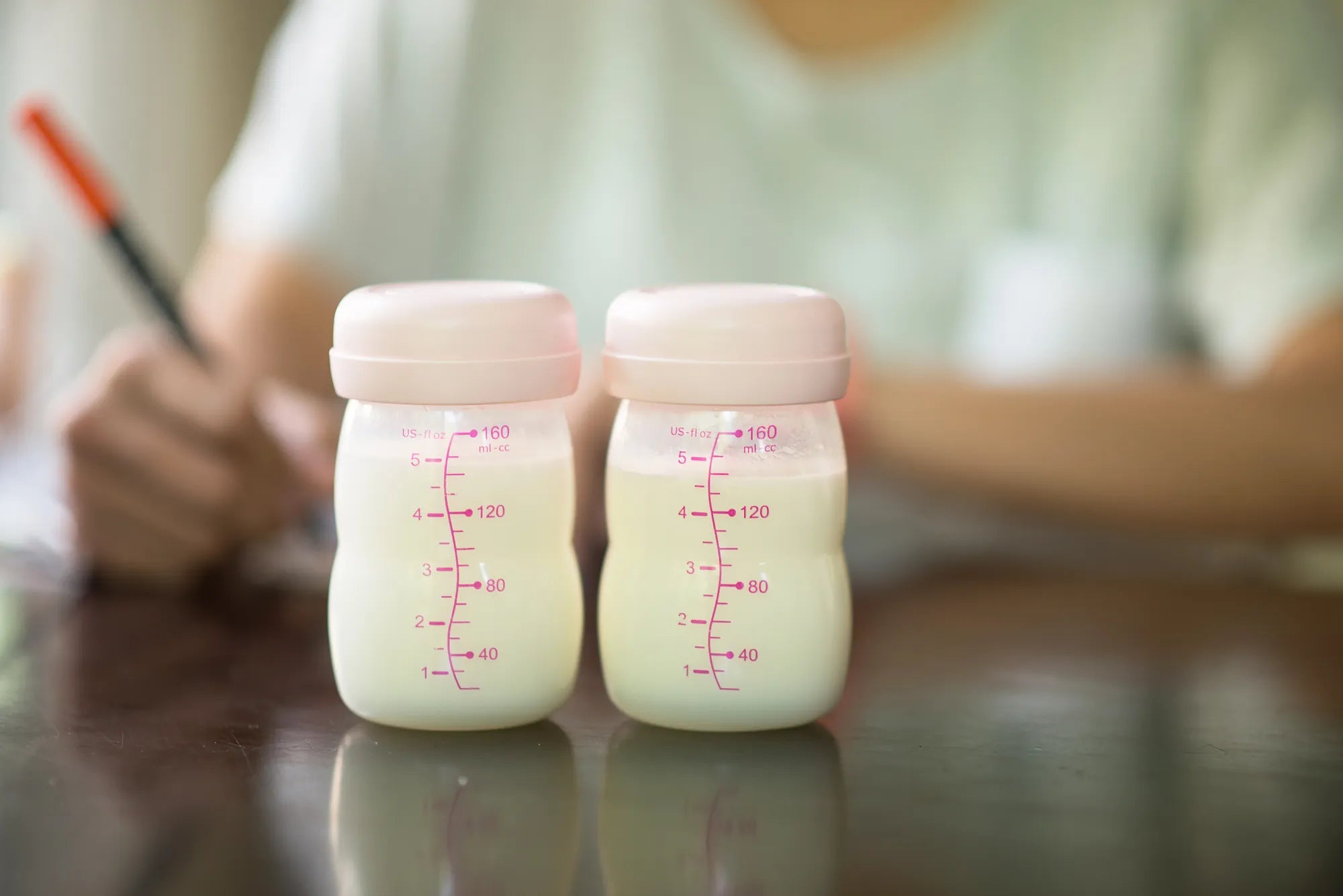Home
Pregnancy, Breastfeeding, and Pumping: The Ultimate Guide for Moms
Can Use Baby Wipes to Sterilize Breast Pump Parts

Can Use Baby Wipes to Sterilize Breast Pump Parts
When it comes to caring for your baby, hygiene is paramount. One of the most critical aspects of maintaining cleanliness is ensuring that breast pump parts are properly sterilized. While there are various methods to achieve this, one unconventional yet effective solution is using baby wipes. This article explores how baby wipes can be used to sterilize breast pump parts, the benefits of this method, and important considerations to keep in mind.
Why Sterilize Breast Pump Parts?
Breast pump parts come into direct contact with breast milk, which is a highly nutritious substance that can also be a breeding ground for bacteria if not handled properly. Sterilizing these parts is essential to prevent contamination and ensure that your baby receives safe and clean milk. Failure to sterilize breast pump parts can lead to bacterial growth, which may cause infections or other health issues for your baby.
Traditional Sterilization Methods
Traditionally, parents have used methods such as boiling, steam sterilization, or chemical sterilizers to clean breast pump parts. While these methods are effective, they can be time-consuming and may require specific equipment. Boiling, for example, requires a pot of water and careful monitoring to avoid damaging the parts. Steam sterilizers, on the other hand, are convenient but can be expensive. Chemical sterilizers are effective but may leave residues that need to be rinsed off thoroughly.
Using Baby Wipes for Sterilization
Baby wipes are a convenient and portable solution for sterilizing breast pump parts, especially when you're on the go. Most baby wipes are designed to be gentle on a baby's skin, but they also contain mild antiseptic properties that can help kill bacteria. To use baby wipes for sterilization, simply wipe down all the parts of the breast pump that come into contact with breast milk. Make sure to cover all surfaces, including crevices and hard-to-reach areas.
Benefits of Using Baby Wipes
One of the main advantages of using baby wipes is their convenience. They are easy to carry in a diaper bag or purse, making them ideal for use outside the home. Additionally, baby wipes are gentle and do not require rinsing, which can save time and effort. They are also cost-effective compared to other sterilization methods, as they are often available in bulk and can be used for multiple purposes.
Important Considerations
While baby wipes can be a useful tool for sterilizing breast pump parts, there are some important considerations to keep in mind. First, not all baby wipes are created equal. It's essential to choose wipes that are free from harsh chemicals and fragrances, as these can leave residues or cause irritation. Second, baby wipes should not be used as a substitute for thorough cleaning. It's still important to wash breast pump parts with soap and water before using wipes for sterilization. Finally, always check the manufacturer's guidelines for your breast pump to ensure that using baby wipes is safe and appropriate.
Alternative Methods for On-the-Go Sterilization
If you find that baby wipes are not sufficient for your needs, there are other portable sterilization methods to consider. Sterilizing sprays or wipes specifically designed for breast pump parts are available and may offer a higher level of sterilization. Additionally, portable UV sterilizers are becoming increasingly popular and can provide a quick and effective way to sterilize breast pump parts without the need for water or chemicals.
Maintaining Hygiene in Different Environments
Maintaining hygiene when using a breast pump can be challenging, especially in different environments. At home, you have access to all the necessary tools and equipment for thorough cleaning and sterilization. However, when you're traveling or at work, it's essential to have a plan in place to ensure that your breast pump parts remain clean. Baby wipes can be a lifesaver in these situations, providing a quick and easy way to maintain hygiene without the need for additional equipment.
Tips for Effective Sterilization
To ensure that your breast pump parts are properly sterilized, follow these tips:
- Always wash the parts with soap and water before using baby wipes for sterilization.
- Use a fresh wipe for each part to avoid cross-contamination.
- Pay special attention to crevices and hard-to-reach areas where bacteria can hide.
- Allow the parts to air dry completely before reassembling the breast pump.
- Store the sterilized parts in a clean, dry place to prevent contamination.
Common Mistakes to Avoid
When using baby wipes for sterilization, there are some common mistakes that parents should avoid. One of the most common mistakes is using the same wipe for multiple parts, which can spread bacteria rather than eliminate it. Another mistake is not allowing the parts to dry completely before use, as moisture can promote bacterial growth. Additionally, using wipes that contain harsh chemicals or fragrances can leave residues that may be harmful to your baby.
Ensuring Safety for Your Baby
Ultimately, the goal of sterilizing breast pump parts is to ensure the safety and health of your baby. While baby wipes can be a convenient solution, it's important to use them correctly and in conjunction with other cleaning methods. By following the tips and considerations outlined in this article, you can maintain the hygiene of your breast pump parts and provide your baby with safe and clean breast milk.
Maintaining the cleanliness of breast pump parts is crucial for your baby's health, and baby wipes offer a convenient and effective solution for sterilization. Whether you're at home or on the go, incorporating baby wipes into your cleaning routine can help ensure that your breast pump parts remain free from harmful bacteria. By following the guidelines and tips provided, you can confidently use baby wipes to keep your breast pump parts clean and safe for your baby.
Share

